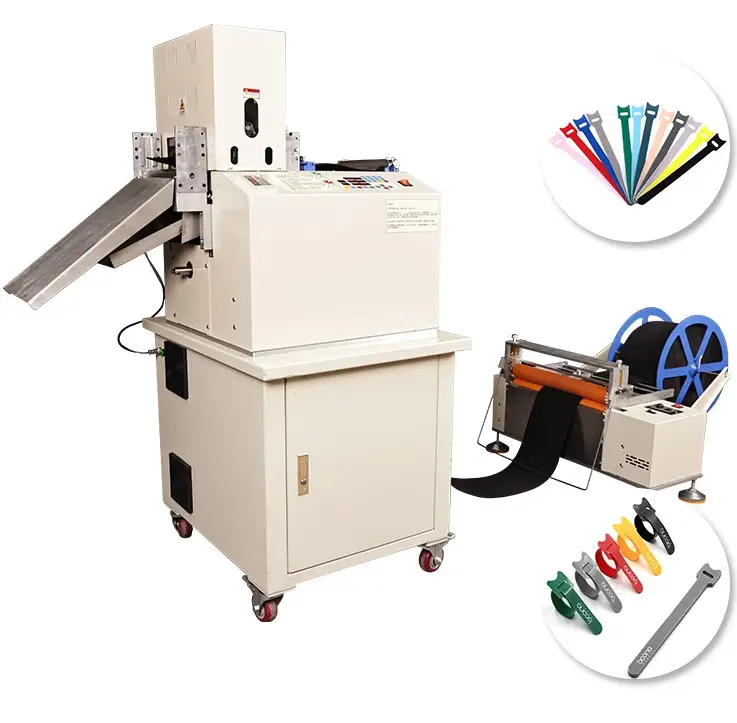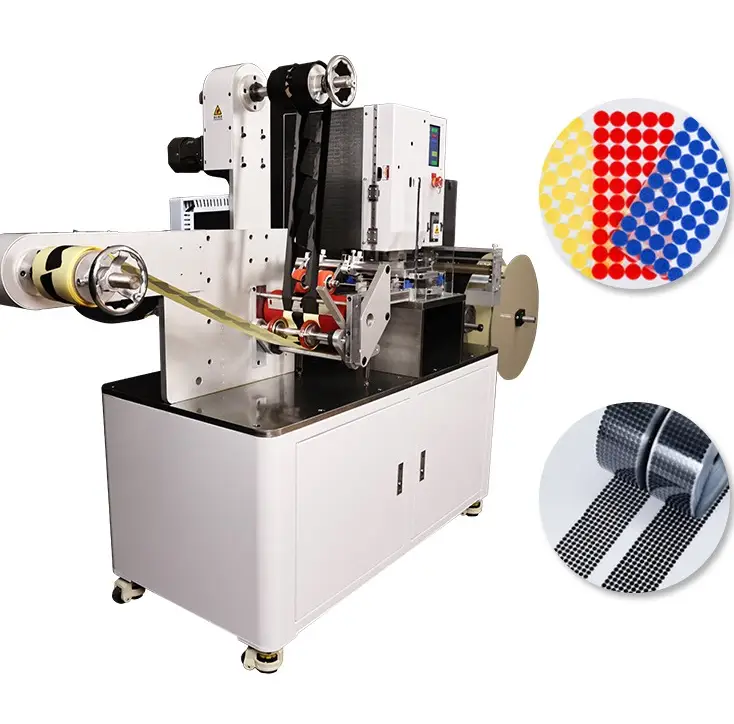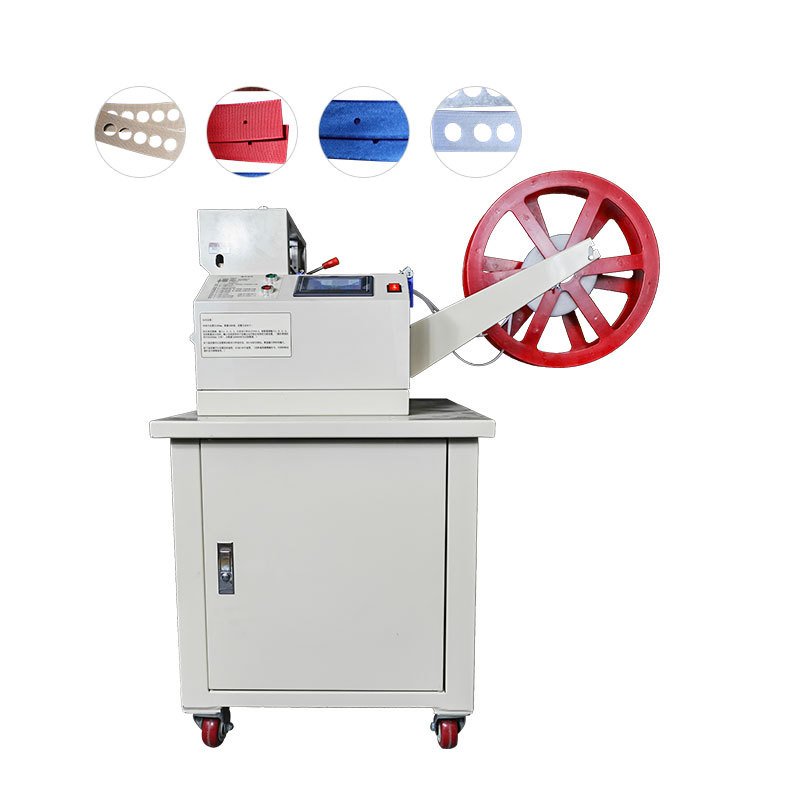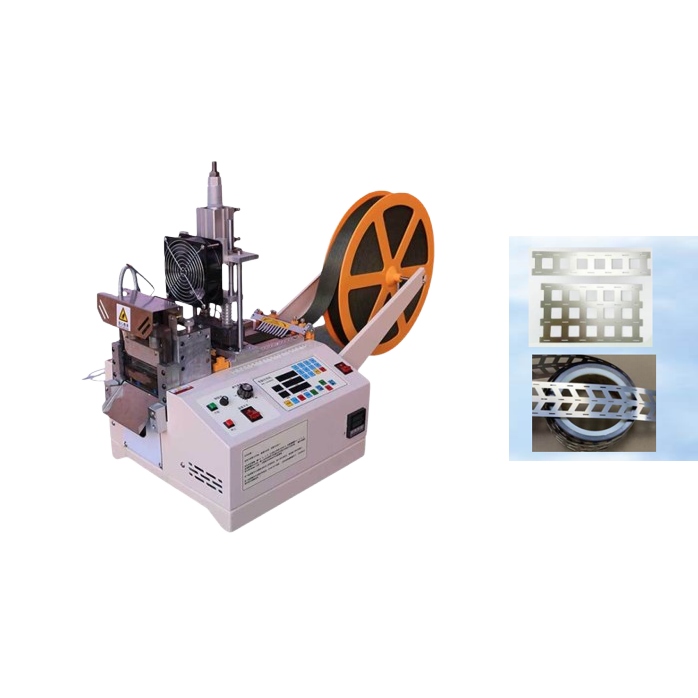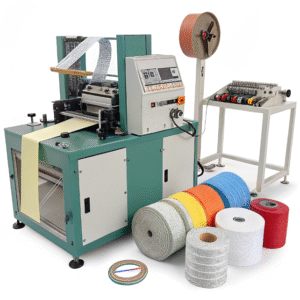How Safe Are Foam Cutting Machines?

Opening paragraph:
Have you ever worried about foam cutters? They can be dangerous if used wrong. Let’s fix that.
Yes, foam cutting machines are safe when used right. They have safety features and proper training makes accidents rare.
Foam cutting machines are generally safe when used correctly with appropriate precautions and personal protective equipment (PPE). Although foam isn’t hazardous by itself, tools like hot wire cutters can release harmful fumes, cause burns, or create airborne particles. Ensuring proper ventilation, wearing safety gear, and following manufacturer guidelines significantly reduce these risks, making foam cutting a safe process.
Now you’ll know why they are safe and what to watch out for.
What Safety Measures Should You Follow During Operation?
Opening paragraph:
Protect yourself first. Lack of safety can cause serious injury.
Follow key safety steps — machine checks, PPE, workspace setup — to stay safe while cutting foam.

Dive Deeper
Cutting foam sounds simple. But hiding risks can harm you. I’ll walk you through what I learned as an operator and supplier.
⚙️ 1. Understand Your Machine
Before using, read the manual. Every model differs. For example, Suzhou Haoxinhe Electrical Equipment Co., Ltd. designs webbing tape cutting machines and protective foam cutting machines. Each has unique switches, blades, or sensors. Know how to use emergency stop. Learn about blade guards and heating parts.

| Feature | Why it matters | What to check |
|---|---|---|
| Blade guard | Keeps hands away | Ensure it moves freely |
| Emergency stop | Stops fast | Test it before each use |
| Power switch | Incorrect wiring risks shock | Check cord, plug, voltage |
Reading the manual is easy. Doing it keeps you safe.
2. Wear Proper PPE
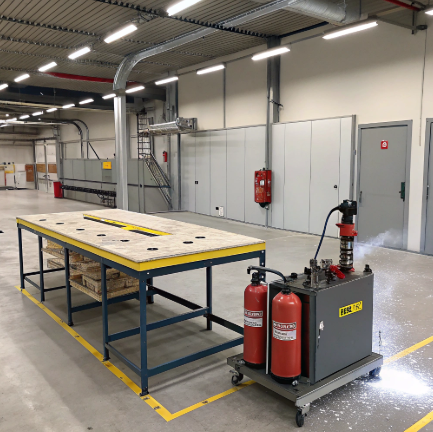
Personal protective equipment matters. You cut foam—particles, dust, and noise may occur. In industrial settings like chemical, printing, or pharma, PPE reduces risk.
- Gloves protect fingers.
- Safety glasses prevent debris in eyes.
- Ear protection if machine is loud.
- Dust mask when foam dust is in air.
I saw a colleague cut PVC edge banding foam without a mask. It hurt his throat. Now he always wears a mask.
3. Prepare a Safe Work Area
Your workspace must be clean and clear. A messy area can cause trips. Foam bits are slippery.
- Keep floor clean.
- Use proper lighting; you must see your cut line.
- Ensure stable table; wobbling risks blade control loss.
- Use fire extinguisher nearby. Foam is flammable.
At my factory, we zone foam cutting areas separately. That way we avoid chemicals or tools mixing.
4. Perform Daily Machine Checks
Machines need daily checks before use. On machines like the high-speed trademark cutting machine or rotary bevel cutting machine, vibrations show imbalance. Check bolts and clamps.
- Inspect blades for chip or dullness.
- Check wiring and grounding.
- Confirm sensors and guards work.
- Test emergency stop button.
Record checks in a log. That helps find recurring issues and improves safety.
5. Use the Right Speed and Temperature
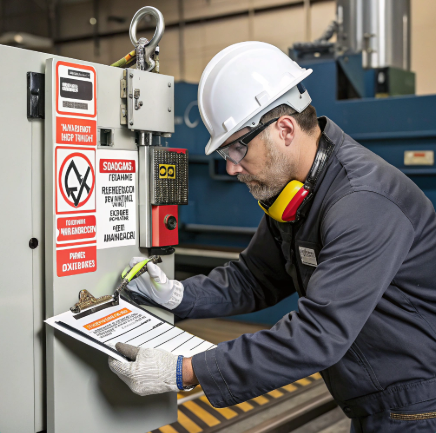
Hot and cold cutting machines, like bubble wrap cutting or wire cutting and stripping machines, require correct settings.
- Foam materials differ: PVC edge banding vs protective foam.
- Wrong heat can burn or melt. That releases fumes.
- Always follow manufacturer settings.
- Let the machine warm up before cutting.
I struggled with settings at first. After I matched temperature charts for each material, cuts were clean and safe.
6. Handle Materials with Caution
Feeding material is key. Sudden pulls or pushes can bend your back or kick debris.
- Feed foam slowly and steadily.
- Use push sticks or jigs where possible.
- Never place hands near the blade even if guard is present.
- Keep loose clothing, hair, and jewelry away.
It feels awkward at first. But it quickly becomes habit—and keeps hands safe.
7. Manage Waste and Clean Dust
Foam particles build up fast. Without cleaning, they clog fans and blowers. They could spark a fire.
- Clear foam scraps every hour.
- Use vacuum or dust collector.
- Store scraps away from heat sources.
- Dispose according to factory rules.
In labs and research institutes, proper waste management is required by regulations. It keeps the workspace clean and safe.
8. Train Staff Regularly
Training matters. I lead training for new staff. We include:
- Machine operation and features
- Performing safety checks
- Handling emergencies
- How to follow SOPs
We schedule refresher training every six months. It helps avoid complacency and keeps workers focused.
9. Follow Lockout‑Tagout Procedures
Lockout‑Tagout (LOTO) prevents accidental starts. You may service or clean blades. Use LOTO.
- Turn off machine.
- Disconnect power.
- Attach lock and tag.
- Verify no power remains.
- Only trained staff do this.
This is critical especially with high‑speed trademark cutting machines or automatic punching cutting machines. These devices are risky during maintenance.
10. Monitor Environmental Controls
Factory environment affects safety.
- Ventilation must remove fumes and dust.
- Temperature and humidity must stay within safe range.
- Fire detection systems are essential. Foam is flammable.
I recall a warning. Our PVC edge banding cutting machine generated heat and foam dust. We improved ventilation and added detectors. No more risk.
11. Emergency Preparedness
Accidents may still happen. You need a plan.
- Know escape routes and exits.
- Keep first‑aid kit in sight.
- Post emergency contact numbers.
- Train staff for cuts, burns, or power failures.
In Europe and North America, factories must have emergency drills. We do ours every quarter. It keeps staff aware and safe.
Conclusion
Always follow safety methods to protect people and machines.
💡 Industry Insight: How Real Safety Builds Brand Credibility
Having worked with foam cutting equipment in both operational and supplier roles, I’ve learned that safety is not just a compliance checkbox—it’s a brand-building strategy. For manufacturers like Suzhou Haoxinhe Electrical Equipment Co., Ltd., consistent safety measures do more than protect workers; they communicate reliability to global clients.
International buyers—especially in EU and North America—now demand documented safety protocols. When clients see that your foam cutting machines include blade guards, sensor checks, and you follow daily inspection logs, they trust your equipment more. This reduces presale friction, speeds up order approvals, and often leads to long-term contracts.
Also, training isn’t just internal. Offering your clients post-sale safety training or manuals tailored to each machine shows you stand behind your product, even after delivery. In competitive procurement environments, that can tip the scale in your favor.
In short, safety isn’t overhead—it’s your silent sales pitch.
Using these steps secures foam cutting machines made by Suzhou Haoxinhe Electrical Equipment Co., Ltd. It builds client trust. It speeds up order cycles. It shows we value quality and safety.

